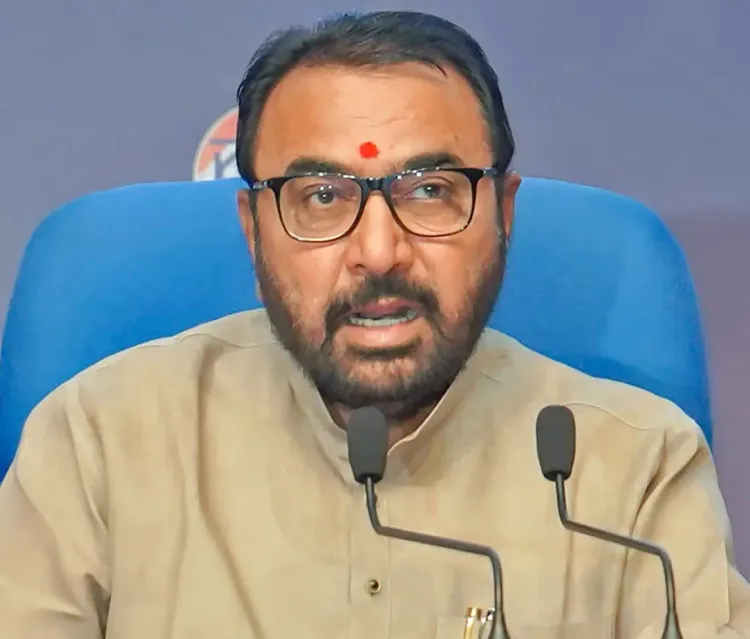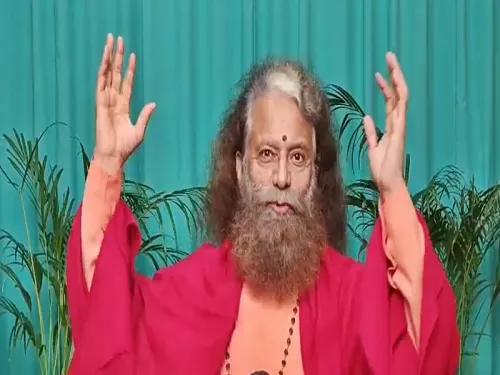How Many Ayushman Arogya Mandirs Have Been Established Under AB PM-JAY?

Synopsis
Key Takeaways
- 1,77,906 AAMs established under the AB PM-JAY scheme.
- Transformative healthcare access in rural and urban areas.
- Support for a wide range of medical services, including preventive and curative care.
- Financial assistance for drugs and diagnostic tests.
- Robust regulatory frameworks to ensure quality care.
New Delhi, July 22 (NationPress) A remarkable 1,77,906 Ayushman Arogya Mandirs (AAMs) have been set up and are currently operational as part of the Ayushman Bharat Pradhan Mantri Jan Arogya Yojana (AB PM-JAY) program until June, revealed the Union Minister of State for Health and Family Welfare, Prataprao Jadhav, during a parliamentary session on Tuesday.
In a written statement to the Rajya Sabha, Jadhav elaborated on the government's efforts aimed at enhancing access, availability, and the quality of healthcare services throughout the nation.
The initiative was announced in February 2018, with a target to establish 1,50,000 AAMs, previously known as Ayushman Bharat Health and Wellness Centres (AB-HWCs), across India by December 2022.
"As of June 30, a total of 1,77,906 Ayushman Arogya Mandirs have been operational," Jadhav stated.
These facilities have been established by transforming existing Sub-Health Centres (SHCs) and Primary Health Centres (PHCs) in both rural and urban settings.
At the SHC-AAM level, the government provides financial backing for 106 drugs and 14 diagnostic tests, while at the PHC-AAM level, the support encompasses 172 drugs and 63 diagnostic tests, as stated by the Minister of State.
This assistance is part of the government's Free Drugs and Free Diagnostics Service Initiative.
Moreover, these AAMs also deliver preventive, promotive, rehabilitative, and curative care services for an extensive range of health needs.
These services cover reproductive and child healthcare, both communicable and non-communicable diseases, along with a variety of other health issues.
For SHC-AAMs, operational guidelines mandate the presence of a Community Health Officer (CHO), an Auxiliary Nurse Midwife (ANM), a Multipurpose Worker - Male, and ASHAs in the respective catchment area.
Conversely, for PHC-AAMs, the required staff includes a Medical Officer, nurses, a pharmacist, Health Assistants, and a lab technician.
Jadhav emphasized that the government has developed a solid framework to guarantee the quality of care and services rendered by empanelled private hospitals. This framework includes regulatory oversight, standardization, audits, and performance-based incentives to maintain high standards of treatment and services.










